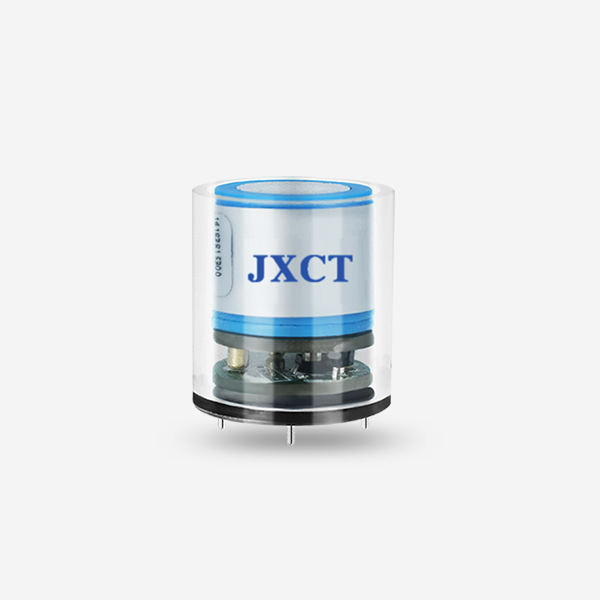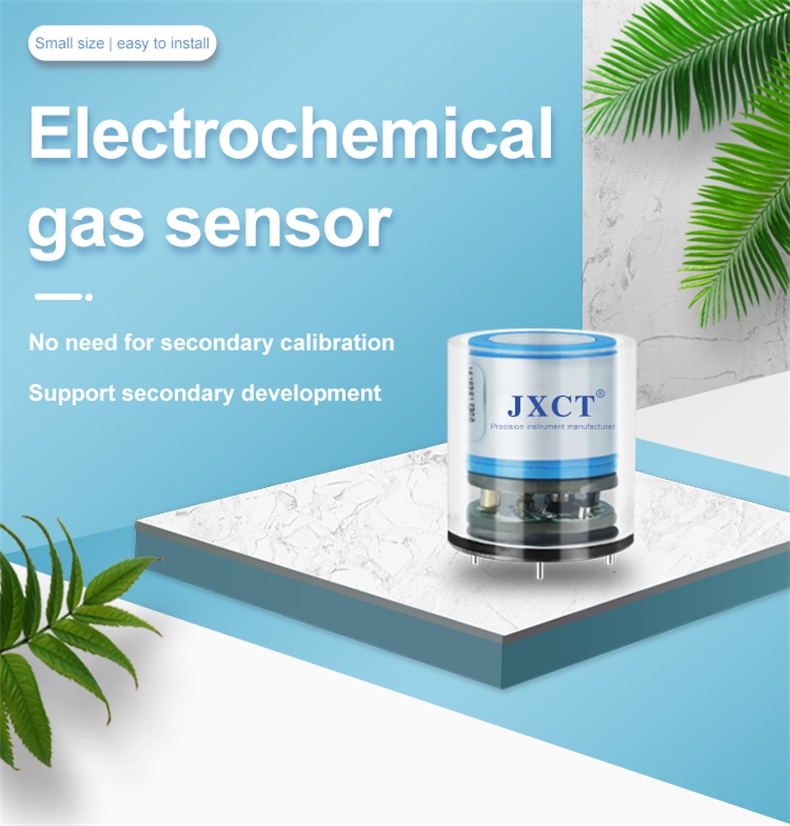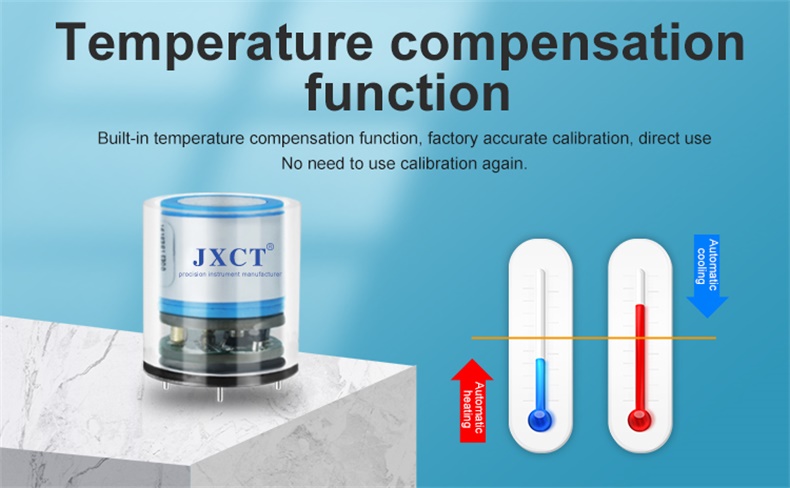
How do Electrochemical gas sensors work?
Electrochemical gas sensors are used most often in diffused gas detection modes, in which gases from the surrounding environment enter through holes in the cell surface.

Electrochemical gas sensors are used most often in diffused gas detection modes, in which gases from the surrounding environment enter through holes in the cell surface.
Electrochemical gas sensors are used most often in diffused gas detection modes, in which gases from the surrounding environment enter through holes in the cell surface. Some instruments use a pump to provide a sample of air or gas to a sensor. Install a teflon film on the hole to prevent water or oil from entering the cell. The range and sensitivity of the gas sensor can be changed by using different sized holes. Larger holes provide higher sensitivity and resolution, while smaller holes reduce sensitivity and resolution but increase range.

Electrochemical gas sensors have several benefits.
Can be specific to a particular gas or vapor in the parts-per-million range. However, the degree of selectivity depends on the type of sensor, the target gas and the concentration of gas the sensor is designed to detect.
High repeatability and accuracy rate. Once calibrated to a known concentration, the sensor will provide an accurate reading to a target gas that is repeatable.
Not susceptible to poisoning by other gases, with the presence of other ambient vapours will not shorten or curtail the life of the sensor.
Less expensive than most other gas detection technologies, such as IR or PID technologies. Electrochemical gas sensors are also more economical.
Cross sensitivity occurs when a gas other than the one being monitored/tested can affect the readings given by an electrochemical gas sensor. This causes the electrodes within the sensor to react even if the target gas is not actually present, or results in inaccurate readings of that gas and/or alarms. In an electrochemical gas detector, cross sensitivity can cause several types of inaccurate readings. These signals can be positive (indicating the presence of a gas even if the gas is not actually present, or indicating that the level of the gas is higher than its true value), negative (a diminished response to the target gas, indicating that it was absent when it was present, or a reading indicating that the concentration of the target gas is lower than it actually is), or interfering gases can cause inhibition.

There are three main factors that affect the sensor life including temperature, exposure to extremely high gas concentrations and humidity. Other factors include sensor electrodes and extreme vibration and mechanical shocks.
Temperature extremes can affect sensor life. The manufacturer will state an operating temperature range for the instrument: typically -30˚C to +50˚C. High quality sensors will, however, be able to withstand temporary excursions beyond these limits. Short (1-2 hours) exposure to 60-65˚C for H2S or CO sensors (for example) is acceptable, but repeated incidents will result in evaporation of the electrolyte and shifts in the baseline (zero) reading and slower response.
Exposure to extremely high gas concentrations can also compromise sensor performance. Electrochemical sensors are typically tested by exposure to as much as ten-times their design limit. Sensors constructed using high quality catalyst material should be able to withstand such exposures without changes to chemistry or long-term performance loss. Sensors with lower catalyst loading may suffer damage.
The most considerable influence on sensor life is humidity. The ideal environmental condition for electrochemical gas sensors is 20˚Celsius and 60% RH (relative humidity). When the ambient humidity increases beyond 60%RH water will be absorbed into the electrolyte causing dilution. In extreme cases the liquid content can increase by 2-3 times, potentially resulting in leakage from the sensor body, and then through the pins. Below 60%RH water in the electrolyte will begin to de-hydrate. The response time may be significantly extended as the electrolyte or dehydrated. Sensor electrodes can in unusual conditions be poisoned by interfering gases that adsorb onto the catalyst or react with it creating by-products which inhibit the catalyst.
Extreme vibration and mechanical shocks can also harm sensors by fracturing the welds that bond the platinum electrodes, connecting strips (or wires in some sensors) and pins together.